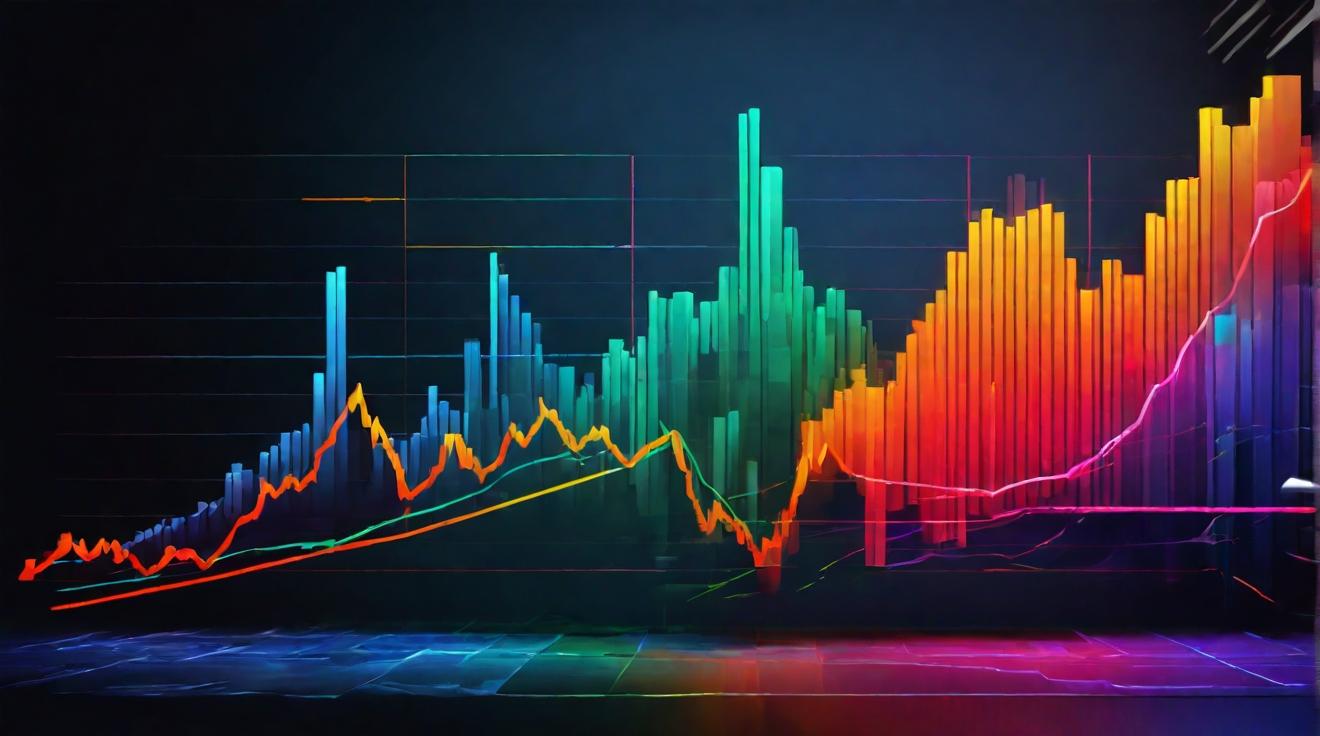Financial Markets’ Strong Performance Fuels Wealth Inequality During the Pandemic
The pandemic has further deepened existing trends of wealth inequality, as indicated by new data released this week. The stock market’s significant gains in 2021, coupled with government financial support, have contributed to a widening wealth gap. A report from the New York Federal Reserve Bank reveals that the real net worth of white individuals grew more than that of Black and Hispanic individuals. White individuals experienced a 30-percentage point increase in net worth compared to Black individuals and a 9-percentage point increase compared to Hispanic individuals.
Unemployment Gap Narrows, but Wealth Gap Persists
While the job market rebounded strongly, with Black Americans experiencing record low unemployment rates, the wealth gap between white individuals and racial minority groups remains. The unemployment rate for Black Americans currently stands at 5.3%, compared to the overall unemployment rate of 3.7%. Earnings for typical Black full-time workers have increased by 7.1% since before the pandemic. However, the higher proportion of white households investing in stocks and mutual funds makes closing the wealth gap more challenging.
Financial Asset Holdings Key to Wealth Disparity
The divergence in net worth among different racial and ethnic groups can largely be attributed to disparities in financial asset holdings. A separate survey conducted by the Federal Reserve reveals that white households are more likely to have investments in stocks, compared to Hispanic and Black households. Over 65% of white households had investments in stocks, while only 28.3% of Hispanic households and 39.2% of Black households did. As a result, much of the racial wealth disparity is driven by the value of financial assets.
Different Investment Strategies and Sources of Wealth between Racial Groups
The study highlights that how individuals are exposed to investing in the stock market differs between white families and people of color. Black workers, for instance, are more likely to be unionized, leading to a higher concentration of pension wealth rather than stocks, mutual funds, or exchange-traded funds (ETFs). Over 50% of Black financial wealth is invested in pensions, while less than 30% of white financial wealth is invested in pensions. The discrepancy could be attributed to differences in inheritance and exposure to investment opportunities.
Black-Owned Businesses Face Struggles Amid Pandemic
Black-owned businesses experienced a tougher time during the pandemic, further exacerbating the wealth gap. These businesses were concentrated in industries hit hardest by the pandemic, such as accommodation, food services, retail, healthcare, and social assistance. Economic Policy Institute analysis shows that over 40% of Black business owners reported not working in April 2020, compared to only 17% of white business owners. These industries also saw the largest total job losses. The concentration of Black-owned businesses in these sectors has contributed to the wealth disparity between racial groups.
Improving Economic Conditions for Black Households
Although the wealth gap persists, there are signs of improving economic conditions for Black households. Treasury Deputy Secretary Walley Adeyemo noted rising employment and wages for Black Americans since before the pandemic, as well as an increase in Black business ownership and participation in the stock market. Adeyemo suggested that policy interventions might be necessary to address the unequal distribution of financial wealth in the United States.
Analyst comment
Positive news: Improving economic conditions for Black households and rising employment and wages for Black Americans. However, the wealth gap persists due to disparities in financial asset holdings and the concentration of Black-owned businesses in industries heavily impacted by the pandemic. To address the unequal distribution of financial wealth, policy interventions may be necessary. Market impact: The market may see increased focus on addressing wealth inequality, potential policy changes, and increased participation in the stock market by Black households.













